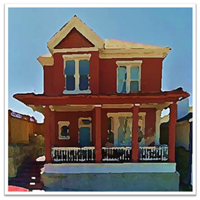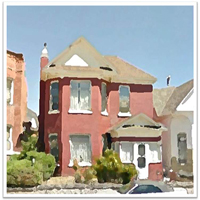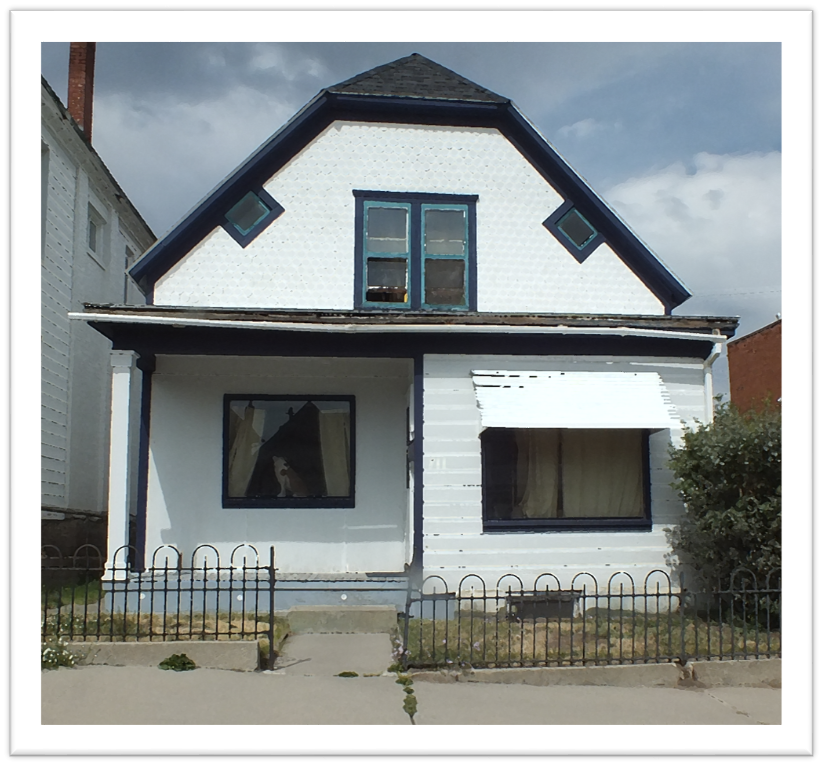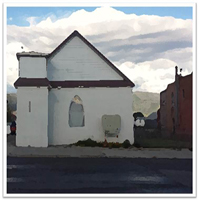Butte
In the storied history of Butte, Montana, with its dodging alleys and ruckus burrows filled with people from every corner of the globe, it seems as if the only stories that have managed to fade away from our memories are those of the African Americans. Today the traditions and folklore of Butte’s early residents, whether they be Irish, Italian, Polish, Slavic, Scandinavian, or any of the countless other ethnicities, are kept alive by the stories that their descendants now tell to the next generation. In recent years, historians have delved into the lives of the many Chinese residents that lived and worked in Butte, and across Montana. Still, the history of the hundreds of African Americans that resided there around the turn of the century, and the wealth of their stories, remains largely unknown. Of the total population of Butte, less than 0.2 percent are black, and even less are the children or grandchildren of the city’s once thriving black community. With so few remaining to pass on its history, it has never been so important to study the black history of one of the West’s most ethnically diverse cities.
In 1870, the Silver Bow and Butte City Mining Camps were home to predominantly Chinese miners and European born prospectors. The census of that year lists only one black man, John B. Moore, living in Butte, and a single black couple, John Trow (Troll) and his wife Mary living in Silver Bow where Trow worked as a barber. A decade later, and the population of Butte was nearly 3500 people, 48 of which were black. Among them were several large black families, and many husband and wives in addition to the traditional single young men that often occupied mining towns. In fact, there were nearly twice as many black children under the age of 16 as there were single black men. These numbers might suggest the beginning of a stable black community on the "Richest Hill on Earth". And surly enough over the next 30 years, the black community would grow almost in step with the rest of population. By 1910, 265 African Americans called Butte home.
The zenith of the African American community in Butte, like the rest of Montana, occurred between 1900 and 1930. In those decades, black residents participated in their social, civic, and professional lives with vigor and purpose. Like any other ethnic group in Butte at the time, African Americans placed great value on their heritage and the betterment of their community. Butte was the home of Montana’s first full, black owned newspaper, the Butte New Age. Barbers John Duncan and Chris Dorsey published the paper between 1902 and 1903, focusing articles and content on political and social issues, proclaiming it was published in the interest of colored people. In addition to a black newspaper, Butte also boasted two black churches—Bethel Baptist and Shaffer’s AME Chapel—which hosted masonic lodges, women’s clubs, literary societies, and community dinners in addition to providing for the spiritual needs of many African Americans.
Black residents developed several different neighborhoods throughout the years, something unique to the African American Communities of Butte and Helena, which also had several distinct districts where blacks predominately lived. Lower income residents lived around the Emma Mine vicinity between South Montana and South Main, many families lived on South Idaho, near both black churches, and some more affluent members of the community, such as former barber, newspaperman, and podiatrist, John Duncan, lived up on West Park and Broadway streets. By WWII, the black population of Butte suffered significantly due to drought conditions, loss of jobs, frequent mine strikes, and the Great Depression. As such, many black residents left with the majority of Montana’s African Americans in search of better economic conditions.
Today, with its designation as a Historic Landmark District, Butte’s buildings tell the story of its early history as a vibrant and diverse mining city, and many of those buildings also represent the lives and stories of Butte’s African American residents as well.
Butte Historic Properties

Armstrong Apartments
604 West Park Street

John and Armeta Duncan Residence
715 W. Park Street

Walter and Alyce Duncan Residence
711 West Broadway

Shaffer’s Chapel
602 South Idaho
